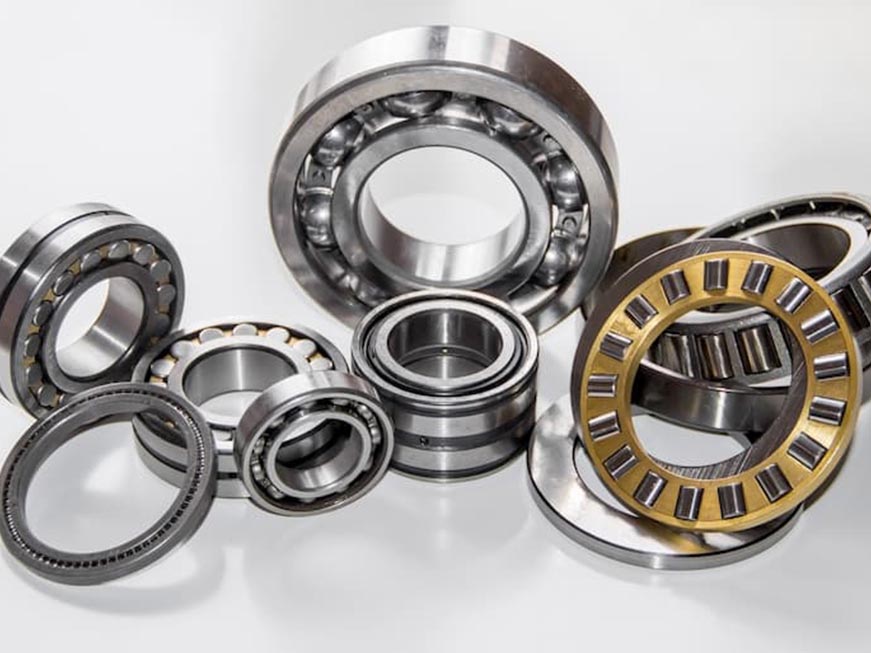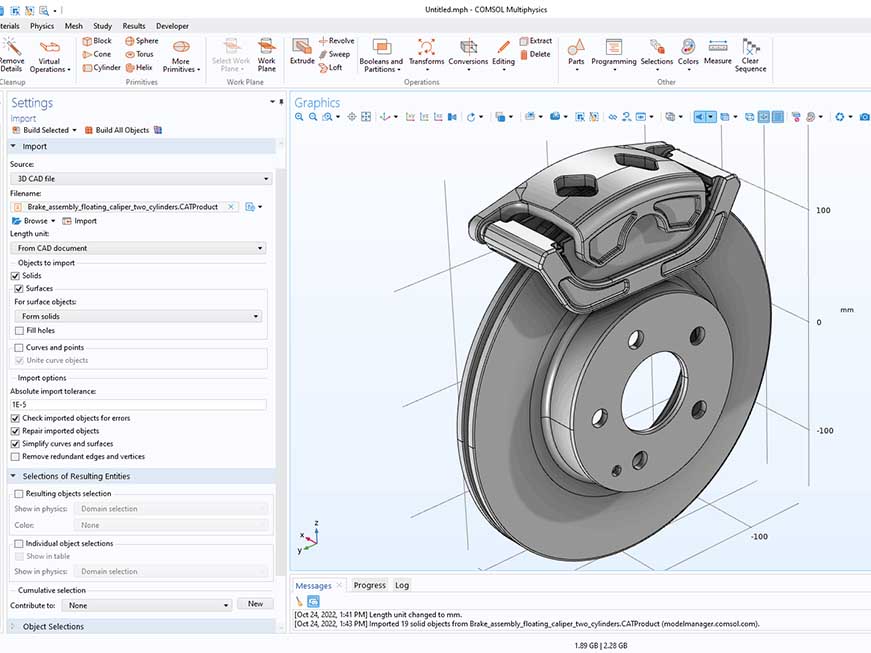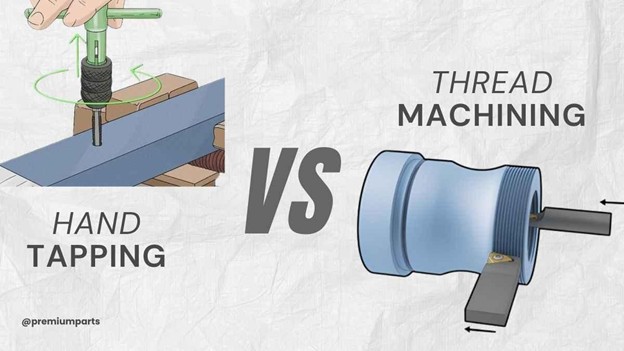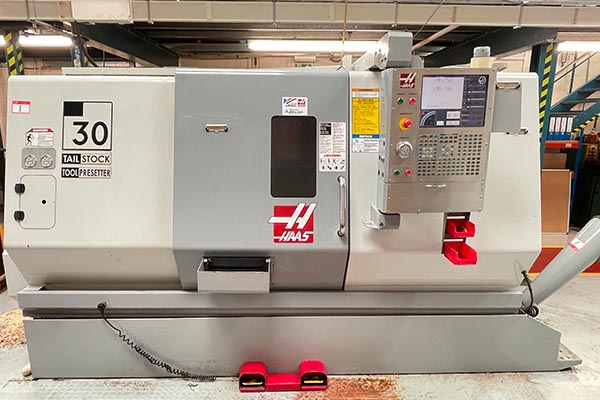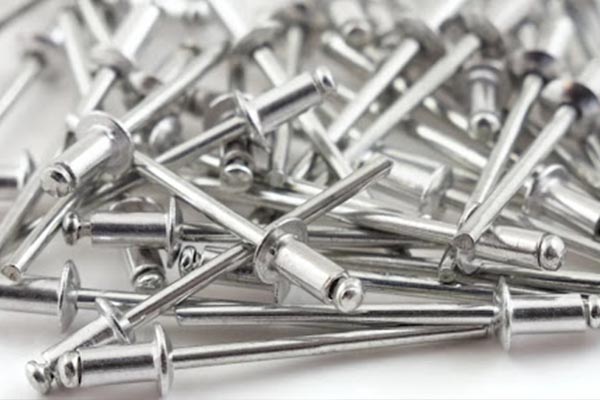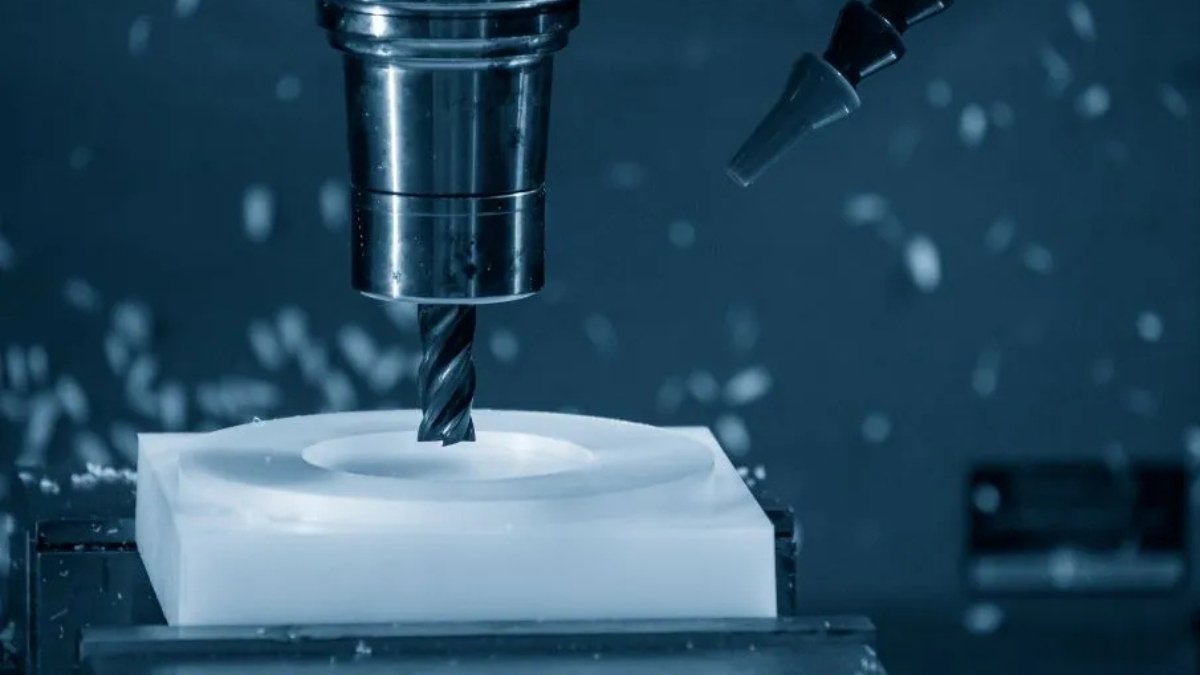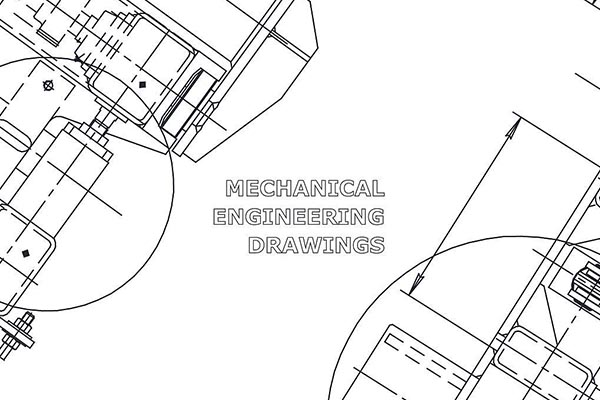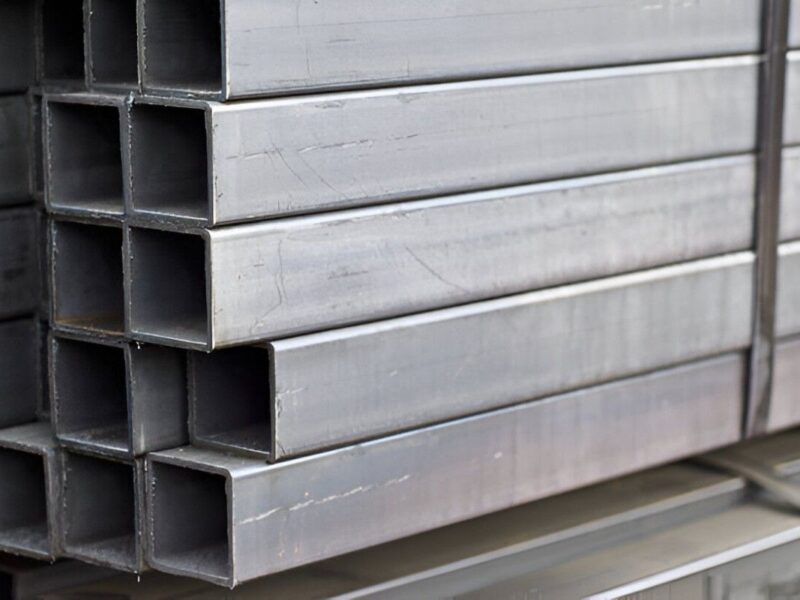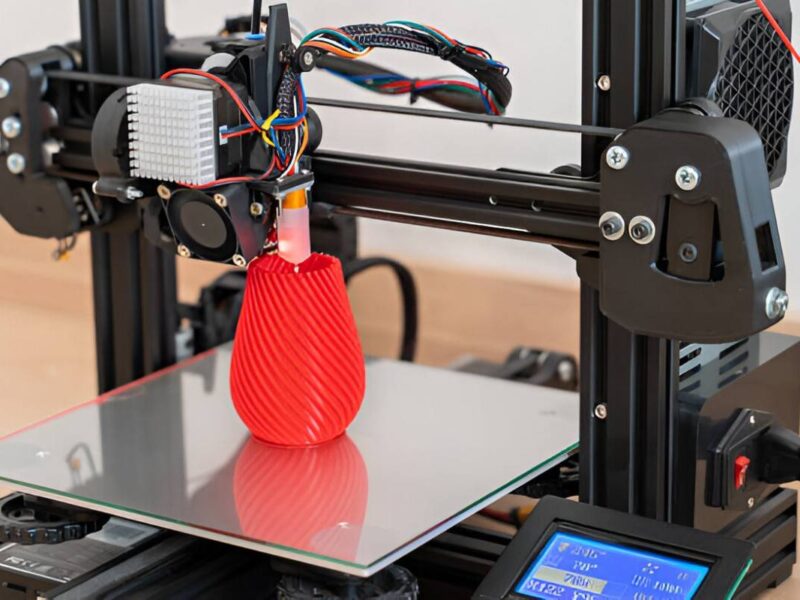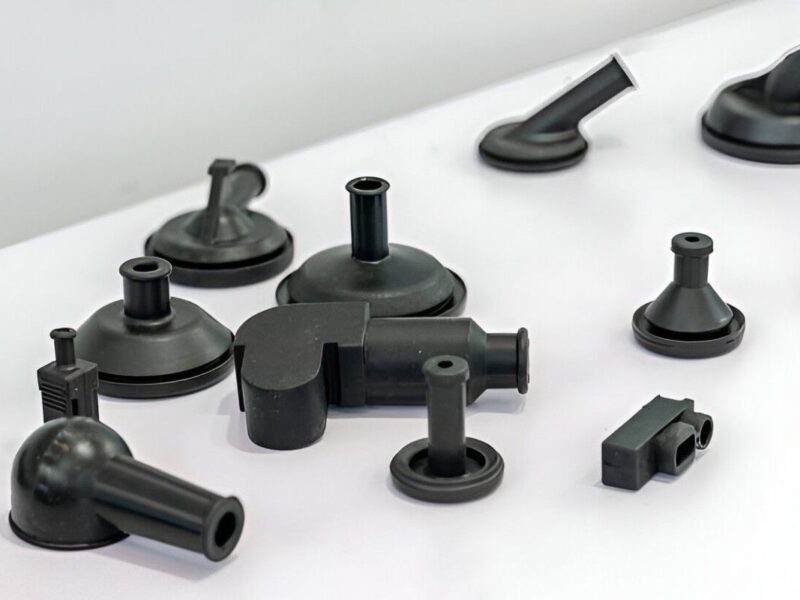Imagine This: You got a great product idea, you researched it well, rendered it in CAD software, but it failed during testing. If you have actually built it and tested it thoroughly, you could have spotted all the cracks. In the worst case, it just fails after launch. Why? That’s simply because the leap from digital to physical was rushed, or skipped entirely, and that happened out of choice. That’s where prototyping comes in. This isn’t a luxury or an optional step, it is a necessity for a successful product development.
Prototypes don’t just demonstrate a concept. They expose flaws, reveal insights, and guide us to make smarter decisions. All this is done before commencing mass-scale production. If you are developing a medical device, a consumer gadget, or an aerospace component, the appropriate prototype could show the difference between a market-ready product and a rework that is so expensive you regret it.
At Premium Parts, we know this all the way from start to finish. Our team works with engineers, startups, and product teams across the world, helping them turn ideas into reality—and as quickly, accurately, and affordably as possible. With decades of experience and advanced capability in rapid CNC machining, 3D printing, vacuum casting, and rapid tooling, our team produces functioning prototypes for a variety of industries.
Not only do we cover the types of prototypes, but in this guide, we’ll walk you through figuring out which type to use for your goal. You will, of course, have a clear view of the technologies used by each and how to avoid the common prototyping pitfalls. Whether you’re building quickly through iteration or about to go ahead into production, we’re here to help you build smarter from day one.
Role of Prototypes in Modern Product Development
Product development has significantly evolved. Today’s innovation cycles are faster, more competitive, and more complex. Teams need to move from idea to execution extremely fast, all while keeping both quality and user satisfaction through the roof. That’s why prototyping has become much more than just a single pass of design.
Prototyping lets you test assumptions, validate ideas, and communicate easily, tirelessly, and without question across disciplines. An engineer might tell from a CAD file where components go, but a working load test is the only way to see if they stay there. While a render may impress an investor, a physical mockup will inspire him and get a real buy-in.
There’s no one-size-fits-all prototype. There are different types of grout for various applications, and if you choose the wrong one or skip it altogether, you’re setting yourself up for failure. In fact, at Premium Parts, we demonstrate how prototyping can become more than just a step, but also a means of competitive advantage. Our team offers full flexibility. You can test fit and function, show design, or simulate production without being stuck with long timelines or big production runs.
But before you get deeper headfirst into manufacturing, ask yourself: what does your prototype have to do? That’s where clarity can save thousands and months down the line.
Matching Prototypes to Purpose: A Smarter Way to Think About Types
Prototypes are tools. As with any tool, how you wield these depends on their efficacy. Rather than teaching you a long list of prototype types to remember, it’s better to think by function. What are you trying to achieve right there now? Validate an idea? Test a feature? Impress a buyer?
So let’s break it down into three practical categories:
Show & Tell Prototypes
They are developed to transmit an idea visually, regardless of whether you are presenting to a customer, pitching to financial backers, or conducting user interviews. They won’t work, but they look real.
Examples include:
- A beautifully finished 3D print for a product launch
- A high-gloss CNC model for a pitch deck
- A painted vacuum-cast mockup used in advertising
Why use them?
- To generate excitement and early buy-in
- To align teams and stakeholders around a concept
- To test aesthetics, ergonomics, or branding
Test & Improve Prototypes
The right prototypes for finalizing market products are functional and often rough in finish. They provide answers to key questions about product usability, durability, fit, and performance.
Examples include:
- CNC-machined mechanical parts for fit-testing
- SLS 3D prints to trial snap-fits and interlocking designs
- Multi-part assemblies to simulate movement and stress
Why use them?
- To validate mechanical performance
- To test the part interaction or load-bearing capacity
- To refine the technical design before production.
Simulate & Validate Prototypes
These are near-final products made from production grade processes or materials. These are used for market simulation, compliance testing or pilot testing.
Examples include:
- Low-volume injection molded parts
- Vacuum-cast enclosures for usability testing
- Pilot batch products that are fully functional
Why use them?
- To validate with end users
- To meet certification standards
- To simulate manufacturing and detect scale issues
By thinking about what your prototype does, not just what it’s called, you’re making smarter choices, and faster. With the right manufacturing partner behind you, you’ll waste little, experience no delays, and avoid rework.
Making Prototypes: Methods That Matter (and When to Use Them)
Choosing the right type of prototype is just the beginning. How you make it is what makes your idea come to life. The devil is in the details, and that means the materials, processes, and tolerances that will make or break your design’s performance and cost.
When you work with Premium Parts, you’re not dealing with a menu of services. Instead, we work with clients to choose the most appropriate approach based on their stage, goals, and budget. Here is a breakdown of the major prototyping techniques we use to get products from concept to pre-production.
When Speed is Desired: 3D Printing
3D printing delivers when you need it today, not next week. It’s fast, flexible, and great for concept testing at an early stage, ergonomics, and visual mockups. It’s also nice because it allows you to iterate on designs quickly without spending time on tooling.
Key technologies we offer:
- SLA (Stereolithography): High-resolution parts with smooth finishes
- SLS (Selective Laser Sintering): Durable, functional nylon parts for snap fits or moving parts
- FDM (Fused Deposition Modeling): Cost-effective thermoplastic parts for draft concepts
Best for:
- Form and fit testing
- Ergonomic or spatial studies
- Concept visualization
Premium Parts advantage:
Many parts are turned around in the same day using our in-house 3D printing systems. And if that’s still not enough, we also provide post-processing (like sanding, painting, and dyeing) to put a more finished, realistic face on printed parts. It’s ideal for early demos or stakeholder meetings.
When Precision is the Priority: CNC Machining
If you need tight tolerances, real materials or high mechanical strength on your part, CNC machining should be your choice. For metal and high performance plastic parts where the final function must match performance, it’s ideal.
Materials we work with:
- Metals: Aluminum, stainless steel, brass, copper, titanium
- Plastics: PEEK, Delrin, ABS, Nylon, Polycarbonate
Best for:
- Functional testing under load
- High-tolerance parts and enclosures
- Heat-resistant or wear-resistant prototypes
Premium Parts advantage:
All of our work is done in house, and we operate a wide range of 3-, 4-, and 5-axis CNC machines from which we can create complex geometries with excellent repeatability. Even for one off parts, our team of engineers will work directly with your CAD files to optimize each setup to be as cost and efficient as possible.
When You Need To Make Prototypes out of Plastics: Vacuum Casting
The way to bridge 3D Printing and Injection Molding is vacuum casting. It makes truly production quality plastic parts, resembling the final production look and feel, but without metal tool price or lead time. It is perfect for low volume runs and final finishes and design validation.
How it works:
- A master model (often 3D printed) is used to create a silicone mold
- Polyurethane resin is cast into the mold under vacuum
- Parts are cured and finished to simulate injection molded quality
Best for:
- Low-volume production
- Pre-launch market samples
- Color and texture matching
Premium Parts advantage:
We give you full control over the look and feel: textures and tolerances, and a large spectrum of resins, which mimic PP, ABS, or even rubber-like materials. This is your most cost-effective approach if you need 20–100 parts fast and these have to look like ‘production quality’.
When You’re Getting Ready for Market: Rapid Tooling & Injection Molding
Once your design is validated, it means it’s time to scale. Traditional injection molding tools are often both expensive and slow. Rapid tooling is faster and cheaper than running full scale tooling.
We offer:
- Aluminum and soft steel molds for short-run production
- Rapid injection molding for runs of 100–10,000+ parts
- Multiple cavity options, overmolding, and insert molding
Best for:
- Pre-production testing
- Short-run manufacturing
- Accelerating time to market
Premium Parts advantage:
Streamlined tooling processes allow us to go from months to weeks in lead times. Our in-house team works with you to oversee DFM (Design for Manufacturability), mold manufacturing, sampling, and part validations, all under one roof. You don’t just get parts fast — you get them right.
How to Choose the Right Prototype (Without Wasting Time or Money)
One thing that a team can screw up more than anything in product development is building the wrong prototype, or building the prototype at the wrong time.
In the first round, you don’t need the most expensive, hyper-polished model. Besides, you don’t want to skip functional testing before tooling up. It’s important to get your prototyping strategy lined up to your product’s stage.
Here’s a simple way to think about it:
If you’re in the early design phase:
Your goal is to visualize and communicate ideas.
- Use 3D printing for concept models
- Focus on appearance, basic fit, or hand-feel
- Don’t worry (yet) about strength or materials
- Recommended: SLA, FDM, or basic CNC in plastics
If you’re testing functionality:
Your goal is to simulate how the product behaves.
- Use CNC machining or SLS 3D printing
- Test for tolerance, movement, assembly, and stress
- Avoid high-end models unless needed
- Recommended: Aluminum or engineering-grade plastics (Delrin, Nylon, etc.)
If you’re preparing for launch:
Your goal is to gather feedback and validate at scale.
- Use vacuum casting or rapid tooling
- Test with users, gather market input, and get certifications
- Avoid cheap or brittle materials that mislead testers
- Recommended: Urethane casting resins or injection-molded preproduction runs
The Premium Parts Approach:
We don’t leave you guessing. We review your design goals, your expected quantity, timelines, and will advise on the best prototyping path. If you need a single component, or a 500-unit test run, we’ll get you where you need to be, without getting stuck in the red.
Our engineering team has guided many clients who will tell you that often a 10-minute call saved them weeks of delay and thousands of dollars of design changes. We know how to make those three words, speed, precision, clarity, work for you without complicating your project more than needed.
What makes Premium Parts different in the prototyping world?
In this day and age, there’s no dearth of prototyping manufacturers claiming speed, price, or quality. However, most only provide two of these three things and steer them poorly. And that’s where Premium Parts shines.
We’re not a generic job shop or an upload & wait automated system. We’re an engineering-led prototyping partner. Here’s what makes us different:
All-in-One Prototyping Platform
With CNC machining, 3D printing, vacuum casting and rapid tooling all under one roof, we are able to provide you with what you need. That’s fewer handoffs, tighter quality control, and a faster turnaround. For either prototype or short run batch, we’re equipped and prepared to deliver.
Expertise That Backs You Up
As design engineers, materials experts, and manufacturing consultants, our team reviews every project, not only for manufacturability, but also for purpose. We help startups, Fortune 500s, and R&D teams in all industries, and we know how to scale with you.
Speed Without Sacrifice
Tight deadline? No problem. We do rapid quotes, fast turnarounds, and on-time delivery, but we never compromise on quality. Our facilities in Asia & Europe can support the global demand.
Low Minimums, Maximum Flexibility
In the case of 1 or 500 given parts, we work it with you. With us you can prototype affordably at any stage of production, and we have a low MOQ policy and flexible schedules.
Real Results, Not Just Promises
To date, we’ve helped hundreds of clients turn ideas into market-ready products with fewer revisions, less costly tooling, and faster launch times. We work with everything from drone components to EV parts to medical prototypes.
In the end, you need a prototyping partner who’s as invested in your product going through as you are. That’s why at Premium Parts, we earn trust by delivering results, not just sending parts.
From Finally Draft to Finally Product: The Smart Way to Prototype
Product development is not a straight line, it’s a cycle of ideas, tests, adjustments, and breakthroughs. If there is one thing we have seen over and over, it’s this: winning faster happens with those teams that prototype fast.
They launch with confidence. They reduce risk and impress investors. And they don’t come unprepared to the faults and delays that inevitably appear at the last minute.
Whether you’re a founder with a napkin sketch or a seasoned engineer refining your third-generation design, the path is the same:
- Clarify your goal – What do you need this prototype to do?
- Pick the right type – Visual? Functional? Production-ready?
- Choose the right method – 3D print, CNC, cast, or mold?
- Partner with the right team – Experienced, responsive, and resourceful.
That’s where Premium Parts comes in. We’re not just here to make parts—we’re here to help you get to market faster, smarter, and with total confidence.
Quick-Reference Guide: Choosing Your Prototype Wisely
Here’s a fast, no-fluff reference to guide your prototyping decisions:
| Stage | Your Goal | Prototype Type | Best Method | Materials |
| Conceptualization | Communicate and visualize the design | Appearance Prototype | SLA, FDM, or CNC (basic) | PLA, ABS, acrylics |
| Design Testing | Check form, fit, and function | Functional Prototype | SLS, CNC | Nylon, Delrin, Aluminum |
| User Validation | Gather feedback, simulate use | Pre-Production Prototype | Vacuum Casting | Urethanes (ABS-like, rubber-like) |
| Launch Prep | Test production, certify | Production-Intent Prototype | Rapid Tooling / Injection Molding | PP, ABS, PC, custom resins |
Pro tip: If you’re not sure, don’t guess. Reach out. Our engineers will help you evaluate your project and recommend the most efficient path.
Let’s Build Something That Works—and Wins
Making a model isn’t the only thing prototyping is about. It’s about building momentum. But the right prototype means that you can test smarter, sell faster, and scale with fewer surprises.
We, the guys at Premium Parts, help guys like you build better products — starting from the first iteration. We’re in it for the long haul, whether that’s 10 parts or 10,000, and we want to help you do it faster, without sacrificing quality either.
Need a prototype quote? Got a file to review?
We’re ready when you are. Send us an email today, and we’ll bring your idea to life, building a testable, market-ready product.
Contact Premium Parts Today, and Get a Fast Quote and Free DFM Review


